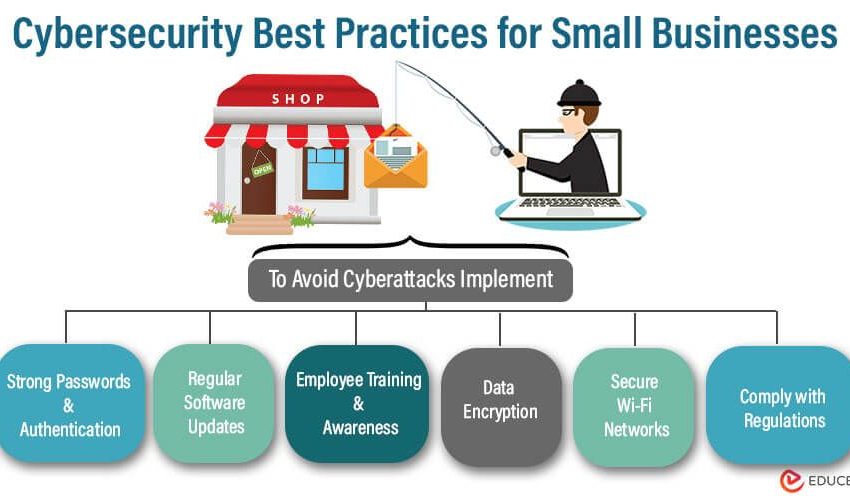Phishing Scams: How to Recognize and Avoid Them
With the increase in online activities and digital transactions, the threat of phishing scams has also grown significantly. Phishing scams are a type of cyber attack where attackers send fraudulent emails, messages, or websites to trick individuals into disclosing sensitive information such as passwords, credit card numbers, or personal data. In this article, we will discuss how you can recognize and avoid falling victim to phishing scams.
What is Phishing?
Phishing is a form of social engineering attack where cybercriminals masquerade as a trustworthy entity to trick individuals into providing sensitive information. These attacks often use deceptive methods to lure victims into clicking on malicious links or downloading malicious attachments. The ultimate goal of phishing scams is to steal personal information or money from unsuspecting victims.
How to Recognize Phishing Scams
Phishing scams can take many forms, and it’s essential to be able to recognize the red flags to avoid falling victim. Here are some common signs of a phishing scam:
1. Suspicious URLs
One of the most common signs of a phishing scam is a suspicious URL. Be cautious of emails or messages that contain links to unfamiliar websites or URLs that redirect you to a different domain. Always hover over the link to see the actual URL before clicking on it.
2. Urgency or Threats
Phishing scams often create a sense of urgency or use threats to pressure victims into acting quickly. Be cautious of emails that claim your account will be suspended unless you provide sensitive information immediately.
3. Poor Grammar and Spelling
Many phishing emails contain poor grammar, spelling mistakes, or awkward phrasing. Legitimate organizations typically have a high standard for communication, so be wary of emails that contain these errors.
4. Requests for Personal Information
Legitimate organizations will never ask you to provide sensitive information such as passwords, credit card numbers, or social security numbers via email. If you receive such a request, it is likely a phishing scam.
How to Avoid Phishing Scams
Now that you know how to recognize phishing scams let’s discuss some steps you can take to avoid falling victim:
1. Verify the Source
Before clicking on any link or providing personal information, verify the source of the email or message. Check the sender’s email address and contact the organization directly to confirm the legitimacy of the request.
2. Be Cautious of Attachments
Avoid downloading attachments or clicking on links from unknown sources. These attachments could contain malware that could compromise your device and steal your information.
3. Use Security Software
Install reputable security software on your devices to help detect and prevent phishing attacks. This software can help identify and block malicious websites or emails before you interact with them.
4. Educate Yourself
Stay informed about the latest phishing tactics and techniques. Educate yourself on how to recognize phishing scams and share this knowledge with friends and family to help protect them from falling victim.
Conclusion
Phishing scams are a prevalent threat in the digital world, but with awareness and vigilance, you can protect yourself from falling victim. By recognizing the signs of a phishing scam and following best practices for online security, you can safeguard your personal information and financial resources from cybercriminals.
Remember, when in doubt, it’s always better to err on the side of caution and verify the legitimacy of any requests for sensitive information. Stay safe online and protect yourself from phishing scams.


